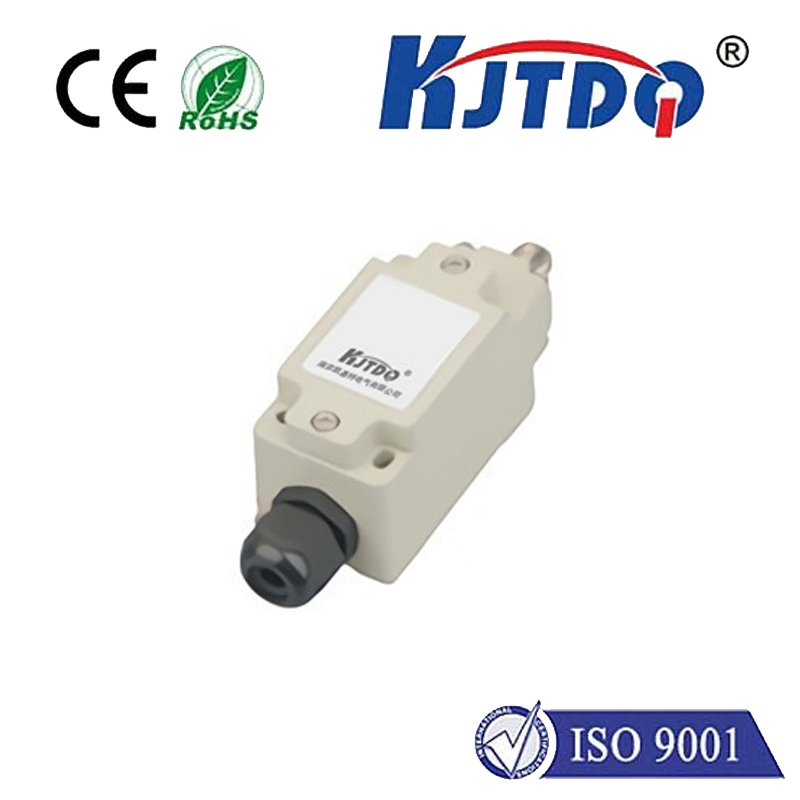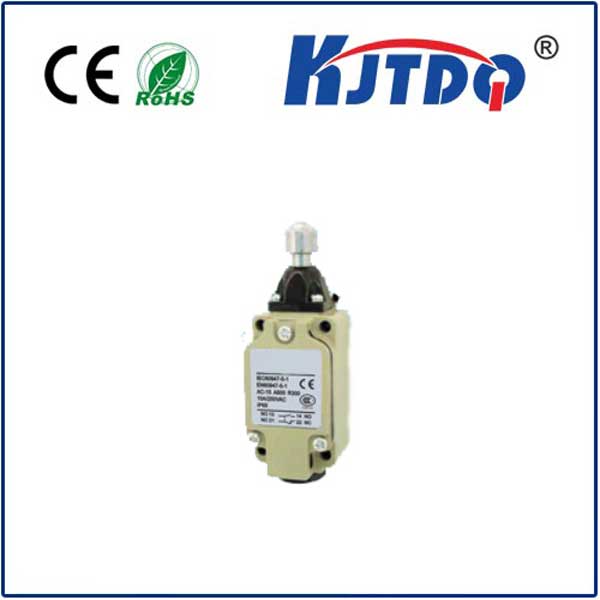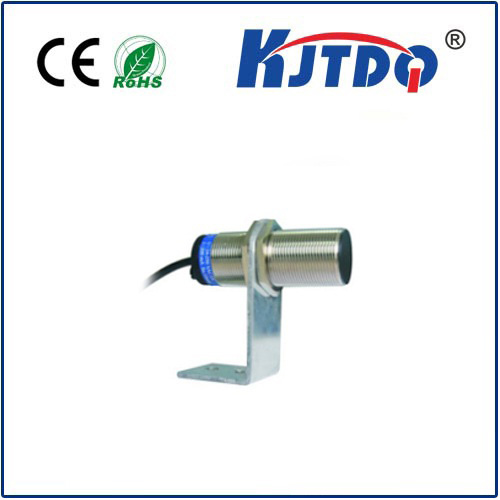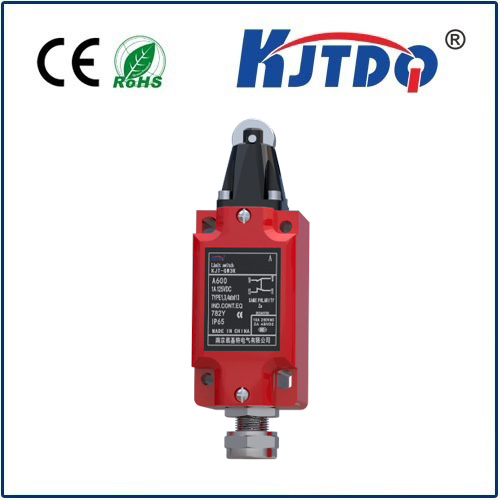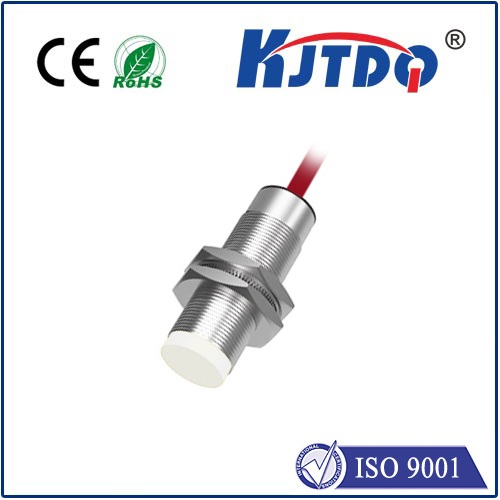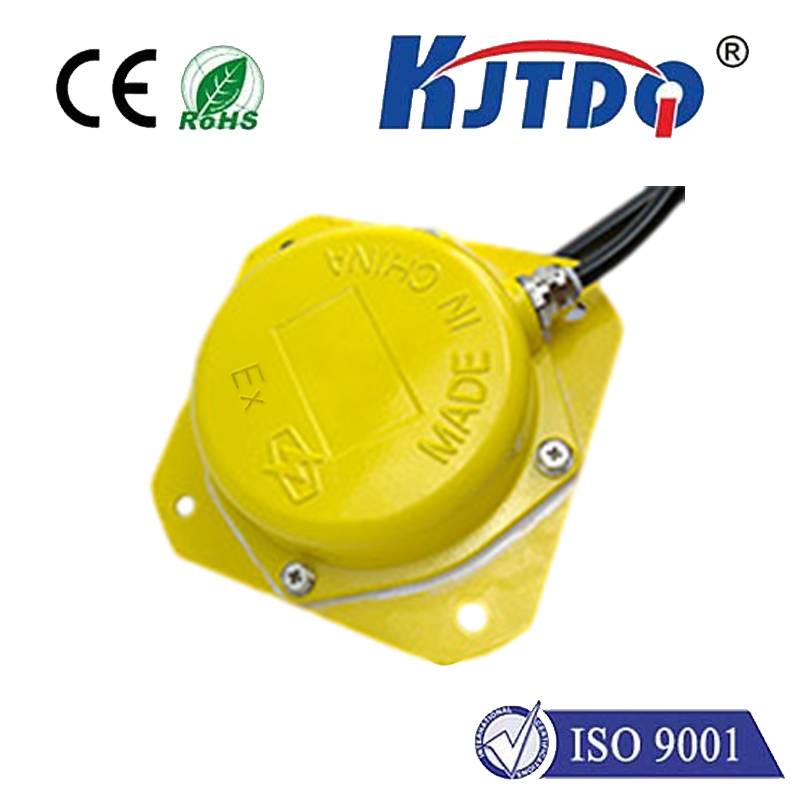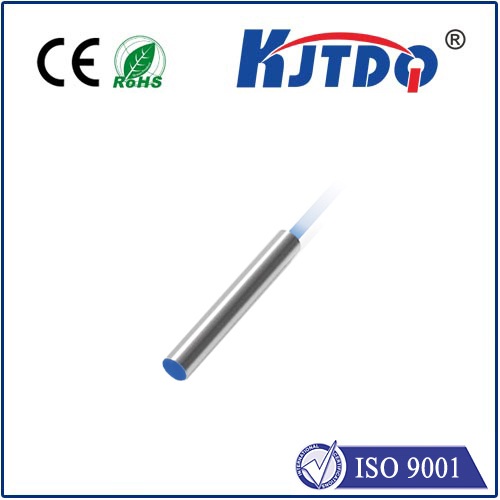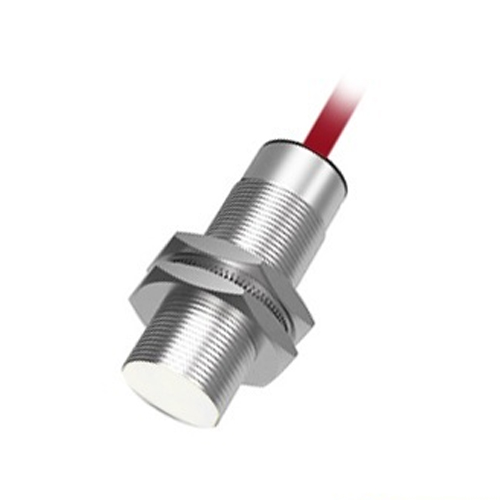

check

check

check

check
Imagine a production line humming with efficiency, where every movement is precisely tracked to prevent costly errors. In such high-stakes environments, a reliable sensor can make all the difference. Enter the E3FA-LP11-F2, a 2-meter 24V photoelectric sensor designed to deliver unparalleled accuracy in industrial settings. As automation surges forward, this device stands out for its robust performance, offering seamless object detection that boosts productivity while minimizing downtime. Whether you’re in manufacturing, logistics, or process control, understanding this sensor’s capabilities could transform your operations. Let’s dive into how the E3FA-LP11-F2 leverages advanced photoelectric technology to create smarter, safer workplaces.
Photoelectric sensors, in essence, work by emitting a light beam—typically infrared or visible—and detecting its reflection or interruption to sense an object’s presence. This non-contact method eliminates wear and tear common in mechanical switches, making it ideal for high-volume applications. The E3FA-LP11-F2 elevates this principle with its specific design features. For starters, its 2-meter detection range ensures it covers broader areas without compromising sensitivity. This extended reach is crucial in setups like conveyor belts, where large gaps must be monitored continuously. Moreover, operating on a 24V DC power supply, it integrates smoothly into standard industrial systems, reducing the need for extra voltage converters. Key specifications include a fast response time, allowing it to detect objects in milliseconds, and an IP67-rated enclosure that protects against dust, water, and minor impacts. This resilience translates to fewer replacements and lower maintenance costs, a win for any facility manager aiming to optimize resources.

In practice, the E3FA-LP11-F2 shines across diverse industries. Take packaging lines, for instance: here, it can detect misaligned boxes or missing components with high precision, triggering alarms or automated corrections to prevent jams. Similarly, in automated assembly systems, its ability to sense small parts—like screws or electronic components—ensures consistent quality control. One standout scenario is in automotive manufacturing, where the sensor’s long-range detection helps track vehicle positions during painting or assembly, enhancing safety by avoiding collisions with robotic arms. Beyond production, it finds use in warehousing for inventory management, where its 24V compatibility ensures it works harmoniously with PLCs (Programmable Logic Controllers) and other controllers. By adapting to varying light conditions and surfaces, the E3FA-LP11-F2 minimizes false positives, a common headache in photoelectric sensors. This versatility not only saves time but also slashes operational risks, proving indispensable for industries prioritizing reliability.
Why choose this specific model over others? The advantages are clear and compelling. Firstly, its energy-efficient design reduces power consumption by up to 30% compared to older models, aligning with sustainability goals. Secondly, the ease of installation stands out—thanks to a compact form factor and simple mounting options, technicians can set it up quickly without specialized tools. Features like adjustable sensitivity via a built-in potentiometer allow fine-tuning for different environments, whether detecting transparent bottles or dark metal parts. Durability is another key perk; with a rugged build that withstands temperatures from -25°C to 55°C, it performs reliably in harsh conditions like outdoor logistics or food processing plants. Crucially, the E3FA-LP11-F2 excels in interference rejection, ignoring ambient light sources that could disrupt readings. This reliability translates to longer lifespans and fewer disruptions, ultimately cutting costs and enhancing ROI for businesses investing in automation.
To maximize its potential, proper setup is essential. Begin by mounting the sensor at an optimal height and angle—aim for a clear line of sight to avoid shadows or obstructions. For the 2M range, position it within 1-2 meters of the target area to maintain accuracy; testing with sample objects before full deployment helps calibrate the beam effectively. When wiring, ensure the 24V power input connects securely to prevent voltage drops, using shielded cables for noise reduction. Attention to environmental factors matters too: avoid placing it near high-vibration machinery or reflective surfaces, which can cause erratic readings. Regular checks, like cleaning the lens monthly, extend its life, while pairing it with complementary devices such as timers or relays can amplify functionality. For instance, in a safety application, integrating it with an emergency stop system can halt operations instantly upon detection of an obstacle. By following these steps, users avoid common pitfalls and unlock the sensor’s full potential, turning it into a cornerstone of efficient automation.
As industries evolve toward Industry 4.0, tools like the E3FA-LP11-F2 empower smarter decision-making. Future trends point toward IoT integration, where sensors feed real-time data to analytics platforms, enabling predictive maintenance and optimized workflows. With its blend of innovation and practicality, this photoelectric sensor not only meets today’s demands but also paves the way for tomorrow’s advancements.

